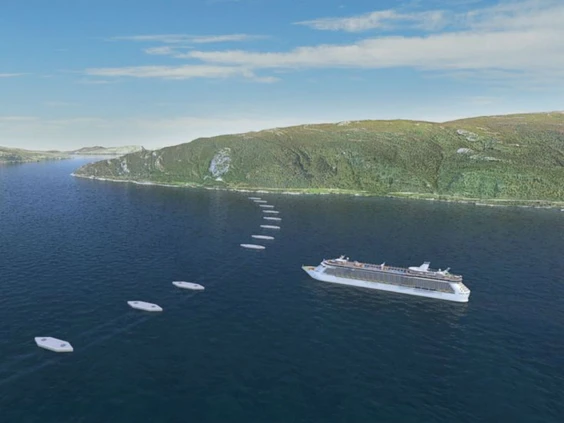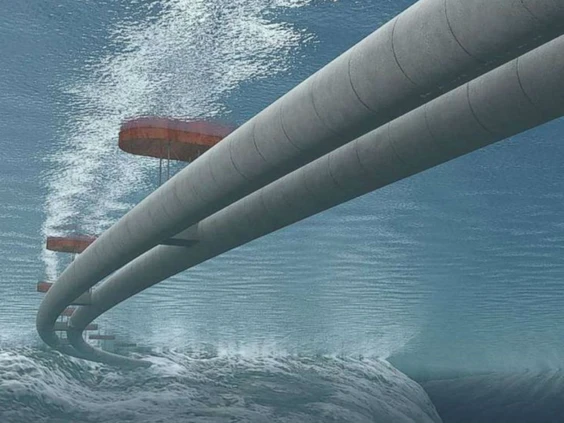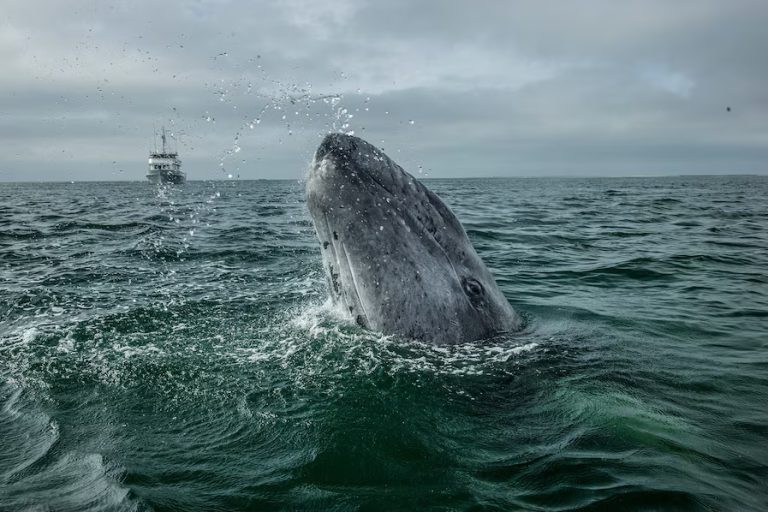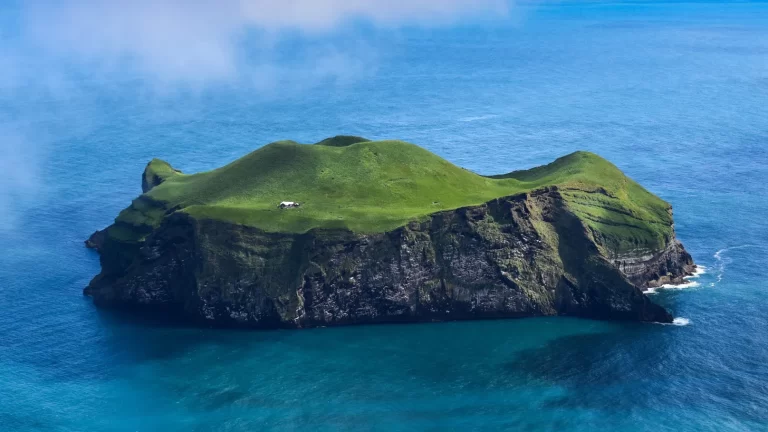World’s First ‘Floating Tunnel’ Project In Norway
Driving along Norway’s rugged coastline is incredibly peaceful. You get to see endless glaciers, rivers, and lakes on one side, while towering mountains and waterfalls line the other. It’s a truly breathtaking experience!
Yet, enjoying this stunning scenery comes with a price. Norway’s west coast is filled with over 1,000 fjords, making even short trips long and challenging. For example, traveling on Highway E39 from Trondheim in the north to Kristiansand in the south takes about 21 hours, including crossing seven ferries along the way.

But Norway’s government has a plan to potentially halve the driving time and eliminate the need for ferries: they want to build the world’s first submerged floating tunnel.
The $40 billion infrastructure project aims to construct a series of bridges over the fjords, along with a record-breaking 27 km-long tunnel drilled into the sea bed, reaching depths of 400 meters.
“Route E39 is really important for Norway,” said Kjersti Kvalheim Dunham, who’s managing the project to upgrade it. “Better transportation will make life better for people here, help businesses sell more abroad, and bring in more tourists.”
The floating tunnel will be constructed in a fjord that’s over 1400 meters deep, which is too deep to drill into the sea bed. The idea is to build it deep under the water’s surface so that even the largest ships can pass safely above it. There will also be enough space below for submarines to pass through.

The depth of the tunnel will also shield it from the effects of winds, waves, and currents, ensuring a smooth drive underwater.
At present, 50 international experts are conducting detailed simulations and measurements of factors like wind speed, ocean currents, undersea landslides, and bedrock geology. This thorough process ensures that the plans and the tunnel itself are based on real-world conditions. Arianna Minoretti, chief engineer at Norway’s Public Roads Administration, oversees this effort.
ABC News reports that the tunnel will consist of two concrete tubes, one for traffic going each way. These tubes will be securely anchored in place and connected to floating pontoons. The pontoons will be spaced 820 feet apart to let boats pass through.

Right now, the main concerns about the new tunnel are explosions, fires, and overloading, says Minoretti. The Norwegian Public Roads Administration (NPRA) is teaming up with the Norwegian University of Science and Technology’s Center for Advanced Structural Analysis (CASA) to study this. CASA researcher Martin Kristoffersen told CNN they plan to use live explosives to see how concrete structures like the tunnel tubes react to blasts from inside.
The tests will show what might occur if something like a truck with hazardous materials exploded inside the tunnel. So far, it seems the water pressure around the tunnels would lessen the damage from explosions.
Right now, only 10% of the project is done. It won’t be all finished until 2025. The government also wants to make the world’s first sea tunnel for ships to go around the stormy Stan peninsula in Norway. This will start in 2019 and could take about three to four years to finish.
The new tunnels might become a tourist spot, kind of like how people visit the Eiffel Tower. Minoretti, who’s working on the project, is excited about the possibility.






